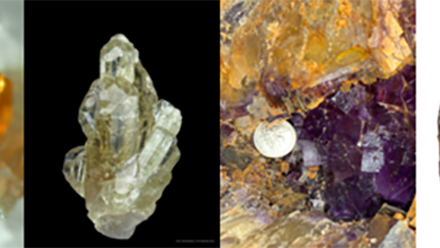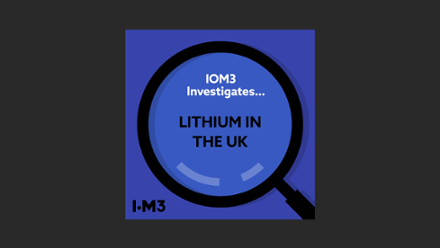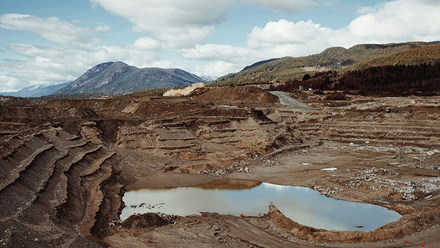The race is on – critical materials supply
Olimpia Pilch of the UK’s Critical Minerals Association reflects on the future of global critical minerals supply chains.

Critical minerals are complicated. There is a multiverse of definitions and associated terms, from battery metals through to recently coined ‘futures’ metals. Definitions of which vary depending on geographical location and positioning within a supply chain. The rapid changes in supply and demand, propelled by the green energy transition, leave critical minerals fluid. What is deemed critical today in one nation, may well not be for their neighbours and may look completely different in a few years' time.
Then of course, there are the geopolitical risks and challenges associated with extraction and processing. After all, we cannot pick and choose where critical minerals occur. Economic endowment of critical minerals varies drastically and disproportionately, with some nations only just waking up to the fact that they will have to forge resilient partnerships with resource-rich countries to meet their needs.
China’s foresight and decades-long head start have placed them way ahead of the rest of the world. Through strategic procurement of mining projects and almost complete control of the midstream, China has firmly monopolised global supply chains. Concerns over environmental adherence, or the lack of, and China’s uncensored control of global markets have stirred Western nations’ sense of security, prompting ‘a race among friends’ of who can secure enough critical minerals to supply their gigafactories.
The US has indicated it will spend over $100bln to develop its own secure supply chain, through investing heavily into upstream and midstream projects. The EU is planning €20bln of direct investment into critical minerals projects over the next 10 years.
Yet, there is no denying the monumental scale of the task ahead for any nation, whether that is the US with funding ready to go, or the UK arriving late to the party. The sobering reality for many of these nations, keen to be seen as leaders in the critical minerals space, is that the task cannot be achieved alone. No nation, with the exception of China, has the upstream and midstream churning out every critical mineral known to man.
To meet the projected increases in demand for critical minerals, such as copper, lithium or rare earth elements, nations will have to collaborate effectively and fast. No nation can go it alone, it is simply too late for that. The governments who fail to realise the urgency to build resilient partnerships will ultimately be left behind. The race is no longer about who can be the next powerhouse outside of China, but who can create alternative supply chains through multinational collaboration. It is a race for friends.
But is urgency the price of responsibility? As commodity prices continue to climb, forging partnerships is only one part of the story. What happens to responsible sourcing when everyone is rushing to secure what they can? What about the environment, climate change and communities most impacted by those critical supply chains? Ambitions have to be fuelled by action and gigafactories by necessary components to build electric vehicles. So where does that leave responsible extraction?
In recent years, greater emphasis has been placed on responsible mining and transparency along supply chains. Investors are increasingly funding projects that have been de-risked through demonstrated industry best practice. Extraction of minerals has seen great improvement in well-regulated jurisdictions, while issues with environmental negligence, human rights abuses and corruption still persist in different parts of the world.
As global supplies face a crunch, governments will undoubtedly have to source critical minerals with questionable, if any, Environmental, Social and Governance (ESG) credentials attached to them.
Given the scarcity and global distribution of critical mineral projects, compromises will have to be made. Transporting critical minerals hundreds of kilometres from where they are extracted to where they are refined equates to huge amounts of CO2. While this is not sustainable in the long term, it is a necessity until alternative, shorter, regional supply chains are developed. The sheer scale of the undertaking requires extensive funding and effective multilateral collaboration between industry and governments, to not only secure critical minerals but also to do it right.
We simply cannot allow a better tomorrow to be built on exploitation and irreversible environmental damage. Mining must become a solid foundation for a better, greener and more responsible society, one that aims to use our planet’s resources wisely. Given the infancy of the Western world's critical mineral sector, there is still hope to build shorter, responsible and resilient supply chains that are able to deliver regional demand with minimal cost to our planet. Critical minerals affect all of us, without effective collaboration, ultimately, we all lose the race.











